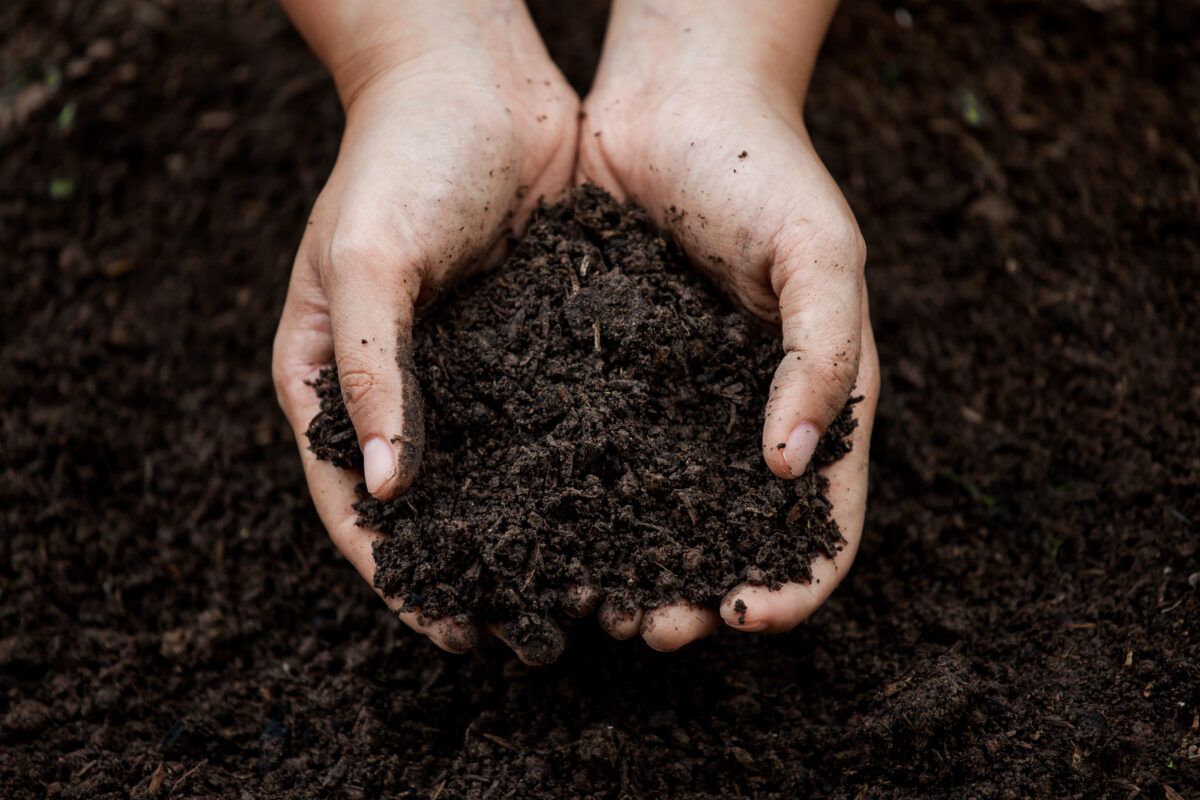How We Put the Orchard to Bed for Winter | Chelan Ranch Organics

As autumn fades and we place the last apples in the bins, there’s a quiet but steady rhythm that takes over our farm. Before the first frost, our crew turns its attention from harvest to preparation, readying the orchard for its long winter rest. Around Chelan Ranch, we call this “putting the orchard to bed.”
It’s not glamorous work, but it’s essential. These late-season tasks set the stage for healthy trees, fertile soil, and a strong start when spring returns. Here’s what happens across our 130 acres as we close out another growing year.
Draining and Blowing Out Irrigation Lines

As the nights turn cold, the first priority is protecting the orchard’s irrigation system. Each fall, we rent a large, high-powered air compressor, the kind you tow behind a truck — to blow every last bit of water out of the underground pipes and risers. When it’s running, the compressor lets out a steady, hissing roar, echoing across the orchard as bursts of compressed air race through the lines. At every valve and sprinkler head, a mist of water sprays out until the pipes run dry. It’s noisy, gritty work, but vital: one pocket of trapped water can freeze, expand, and split a pipe wide open. Clearing the final section of lines and hearing the air fall quiet again, we know the system will sleep safely through winter.
Final Mowing and Weed Badgering

Before the orchard settles into dormancy, we make one last mowing pass between the tree rows. The mower doesn’t just tidy up the grass — it also chops the fallen leaves into fine pieces, helping them decompose faster and return organic matter to the soil over winter. This natural recycling feeds the soil microbes that keep our orchard ecosystem healthy and alive. After mowing, we run the weed badger — a narrow implement that sweeps weeds and debris away from the tree trunks without disturbing the roots. Clean, open rows reduce disease pressure and give the orchard a neat, cared-for look heading into winter.
Soil Testing and Fall Fertility

In August, we collected soil samples from each block to assess the nutrient balance after harvest. When an orchard produces a full crop of fruit, it also exports a large amount of nitrogen and other nutrients — the very elements that go into creating the fruit itself. Each apple or cherry carries away a bit of the soil’s fertility. That’s why we test every year: to measure which nutrients the trees use and replenish what’s been lost. Those soil test results guide our fall fertilizer applications, typically timed before irrigation water is shut off. By applying nutrients now, the soil can gently absorb them with fall rains and hold them in place until the roots awaken again in spring.
Final Sprays: Copper or Zinc

Before winter moisture arrives, we apply a final copper or zinc spray across the orchard. These micronutrients play a crucial role in maintaining tree health. Copper helps prevent diseases like bacterial canker and blight from overwintering on bark and buds. At the same time, zinc supports strong leaf and fruit development in the coming season. Skipping these protective sprays allows fungal and bacterial pathogens to survive the winter in cracks in the bark or on fallen leaves, waiting to infect tender new shoots in spring. The result can be weak early growth, damaged buds, or reduced fruit set. By completing this last application before the water goes off, we help the trees enter dormancy clean and ready to thrive when the weather warms again.
Repairs and Ground Work

Fall is also the ideal time for any digging or repair work, such as fixing a broken irrigation line, trenching for new pipe, or replacing an old valve. Once winter sets in, that window closes fast. Here in Chelan, Washington, nighttime temperatures in late November and December typically dip into the teens and occasionally drop into single digits. Within just a few weeks of those first sustained freezes, the top 8 to 12 inches of soil hardened into a solid. By mid-winter, a shovel can barely dent the ground, and equipment blades can’t cut through without damage. That’s why we finish every trench or repair before Thanksgiving; once the soil locks up, we wait until the spring thaw to dig again.
If we’re prepping new ground for replanting, this is the season for deep ripping, leveling, and incorporating compost. In blocks where trees have reached the end of their productive life, we complete orchard removal and initiate soil recovery, a crucial part of the natural farming cycle.
Clean-Up and Organization

After harvest, we walk every block to pick up leftover bins, lugs, or trash, ensuring that we leave nothing behind that could interfere with mowing or attract pests. We return the rented outhouses, haul off the garbage, and store the tools under cover. By the time the snow comes, the orchard is neat and ready to rest.
A Quiet Pause Before Renewal

There’s something peaceful about a sleeping orchard. When we finish the last task, we can finally take a breath, grateful for another year’s work, the hands that made it possible, and the land that keeps giving back.
At Chelan Ranch, we believe that stewardship is a year-round commitment. Even when the trees are bare, the soil and roots are busy beneath the surface, preparing for the first green buds of spring.